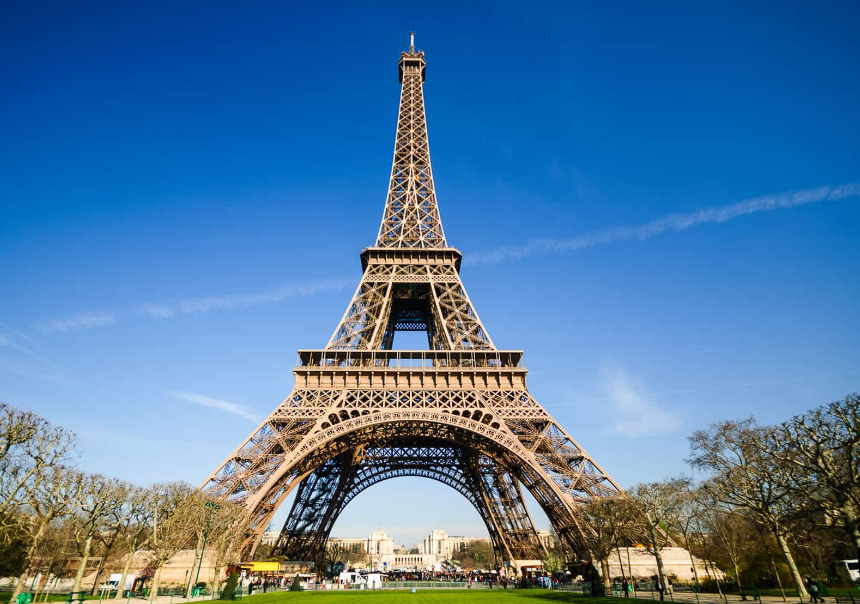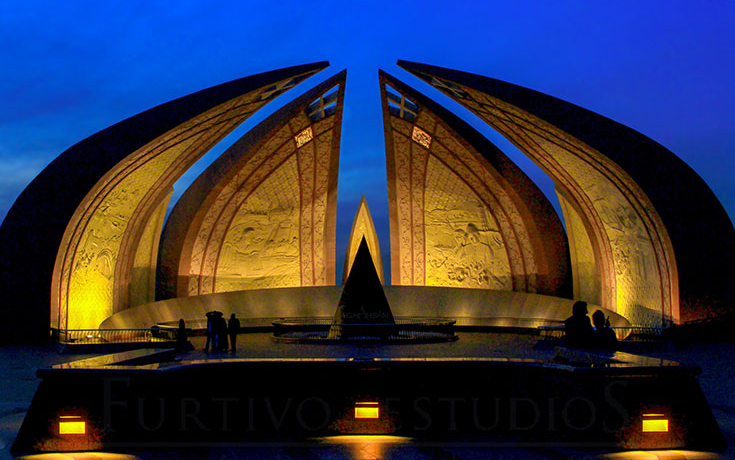Let’s explore the Ecuador National Monument. Ecuador, a country with a rich tapestry of history and culture, offers a treasure trove of experiences for travelers. Among its many attractions, the Ecuador National Monument, located in the heart of the Middle of the World City, stands as a symbolic and geographical marvel. In this article, we’ll delve into the history, significance, and experiences that await visitors at this unique site.
The Significance of Ecuador’s Middle of the World City
The Middle of the World City, known as “La Mitad del Mundo” in Spanish, is a site of immense importance. It’s here that visitors have the extraordinary opportunity to stand precisely on the Equator line, where the northern and southern hemispheres meet. This is not only a geographical marvel but also a place of cultural and historical significance.
The Historical Roots of Ecuador National Monument
The Ecuador National Monument was constructed to commemorate the 1736 French Geodesic Mission led by Charles-Marie de La Condamine. This mission aimed to measure the roundness of the Earth and determine the Equator’s precise location. The monument, with its towering structure and elegant design, represents this remarkable scientific achievement. The mission’s findings contributed to our understanding of the Earth’s shape and size, and the monument serves as a tribute to this milestone in human knowledge.
Visiting the Monument
Visitors to the monument can explore various attractions within the complex. One of the main draws is the iconic 30-meter tall monument, which marks the exact location of the Equator. The site also features two museums: the Ethnographic Museum and the Intiñan Solar Museum.
The Equator Line Experience
The highlight of a visit to the monument is, of course, the Equator itself. Stand with one foot in the northern hemisphere and the other in the southern hemisphere for a truly unique photo opportunity. Many visitors are amazed by the mysterious way that water flows in different directions on either side of the line. This phenomenon is due to the Earth’s rotation and is a fascinating scientific demonstration of the Coriolis effect.
The Ethnographic Museum
The Ethnographic Museum within the complex offers a deeper understanding of Ecuador’s diverse indigenous cultures. It showcases a remarkable collection of artifacts, clothing, and art, allowing visitors to connect with the country’s rich heritage. You’ll find exhibits dedicated to the customs, rituals, and traditions of various indigenous groups, highlighting their unique ways of life.
The Intiñan Solar Museum
For those seeking a more interactive experience, the Intiñan Solar Museum is a must-visit. Here, you can participate in experiments that highlight the unique properties of the Equator. You can try balancing an egg on a nail or watch water swirl down a drain in a different direction on either side of the line. This museum offers a fun and educational hands-on experience for visitors of all ages.
Local Cuisine
After a day of exploration, you’ll want to savor Ecuadorian cuisine. The site has several eateries where you can enjoy local dishes like ceviche, empanadas, and traditional Andean stews. Don’t forget to try the delicious chocolate, which Ecuador is renowned for. Enjoying these delicacies on the Equator adds an extra layer of novelty to your dining experience.
Souvenirs and Artisanal Markets
No visit is complete without picking up some souvenirs. The monument area is home to artisanal markets where you can buy indigenous crafts, clothing, and jewelry. These items make for unique mementos of your trip and also support local artisans and their communities. You can take home a piece of Ecuador’s rich cultural heritage.
Nearby Attractions
While in the Middle of the World City, consider exploring other attractions such as the Pululahua Geobotanical Reserve, a unique volcanic caldera. Additionally, the city of Quito is just a short drive away, offering a wealth of cultural and historical experiences. Quito, with its well-preserved historic center, is a UNESCO World Heritage site and boasts beautiful churches, museums, and vibrant street markets.
Accommodation Options
For those planning an extended stay, there are various accommodation options near the monument. From budget-friendly hostels to luxurious hotels, you’ll find a place that suits your preferences. Many of these accommodations offer stunning views of the surrounding landscape, allowing you to wake up to the beauty of the Ecuadorian Andes.
Ecuador National Monument: How to Get There
Reaching the Ecuador National Monument is convenient, with public buses, taxis, and tours readily available from Quito. It’s an approximately 30-minute drive from the capital city. You can also hire a private driver or join a guided tour that often includes transportation to and from the site.
Best Time to Visit
The best time to visit is during the dry season from June to September when the weather is pleasant, and the skies are clear. However, it’s a year-round destination, and even during the wetter months, you can still have a great experience. Keep in mind that weekends tend to be busier, so if you prefer a quieter visit, weekdays may be the better option.
Conclusion
Ecuador’s National Monument at the Middle of the World City is a must-visit for anyone intrigued by the mysteries of our planet and eager to explore a rich cultural heritage. It offers a unique blend of science, history, and indigenous culture that is sure to leave a lasting impression. Whether you’re a history buff, a science enthusiast, or simply a curious traveler, this site has something to offer.
Ecuador National Monument: FAQs
Q1. Can I really straddle the Equator line at the monument?
Absolutely! You can stand with one foot in the northern hemisphere and the other in the southern hemisphere. It’s a memorable experience and a great photo opportunity.
Q2. What’s the significance of the egg-balancing experiment at the Intiñan Solar Museum?
The egg-balancing experiment is a fun way to experience the Coriolis effect, which influences the direction of water flow on either side of the Equator. It’s a hands-on demonstration of the Earth’s rotation and its effects.
Q3. Are there guided tours available at the monument?
Yes, there are guided tours that provide in-depth information about the site’s history and significance. Guides often share fascinating stories and insights that enhance your visit.
Q4. What is the best time to visit the monument to avoid crowds?
Visiting during the early morning or late afternoon on weekdays can help you avoid the busiest times. However, even during peak hours, the site is well worth a visit.
Q5. Is the monument wheelchair accessible?
Yes, the monument and its attractions are wheelchair accessible to ensure all visitors can enjoy the experience comfortably. The staff is also accommodating and ready to assist if needed.
References
- Ecuador Travel. (URL: https://www.ecuadortravel.com/en/attractions/pululahua-geobotanical-reserve.html)
- National Geographic. (URL: https://www.nationalgeographic.com/travel/article/quito-ecuador-cultural-and-historical-gem)
Featured Image Credits: Holly Harris/Getty Images

